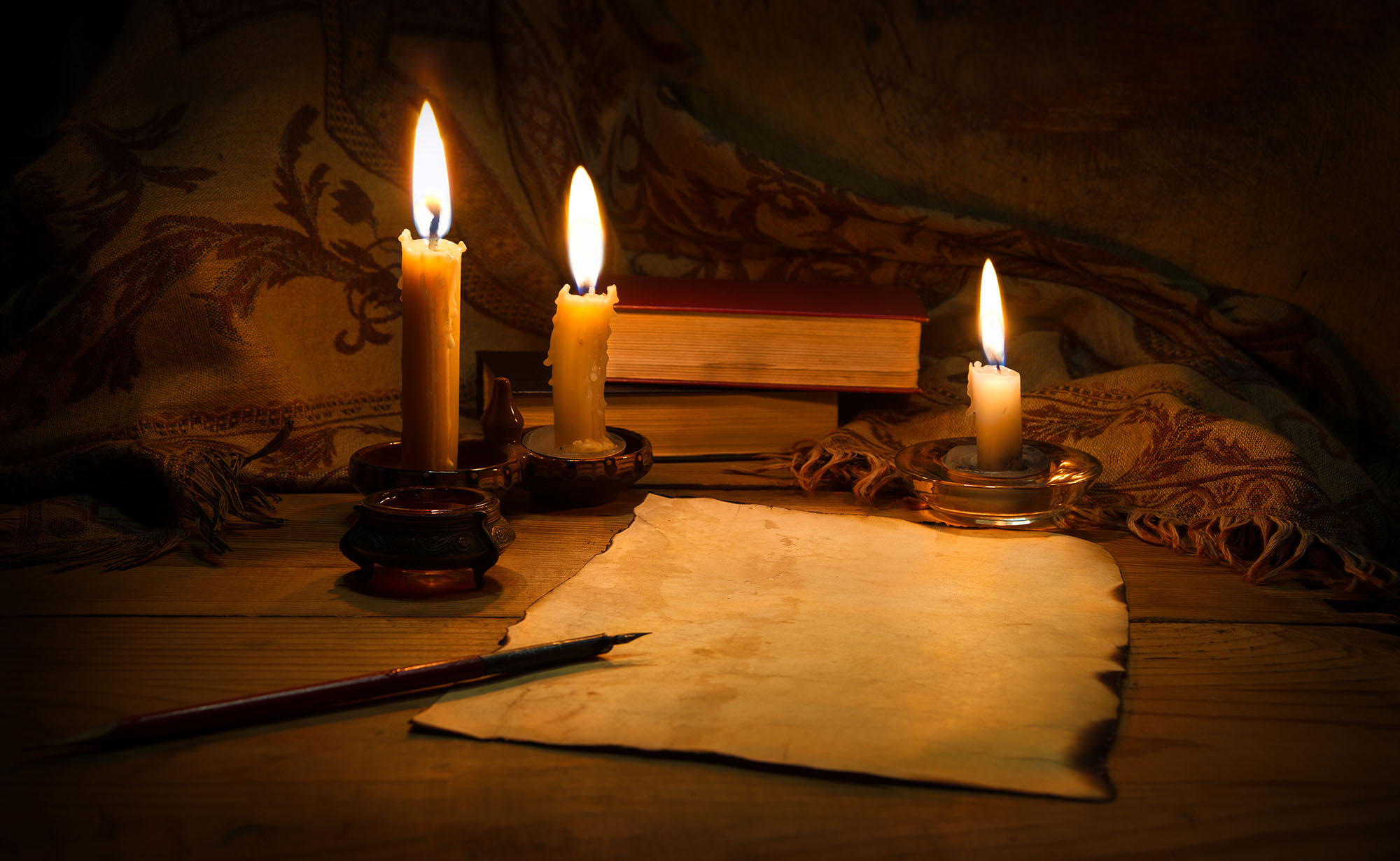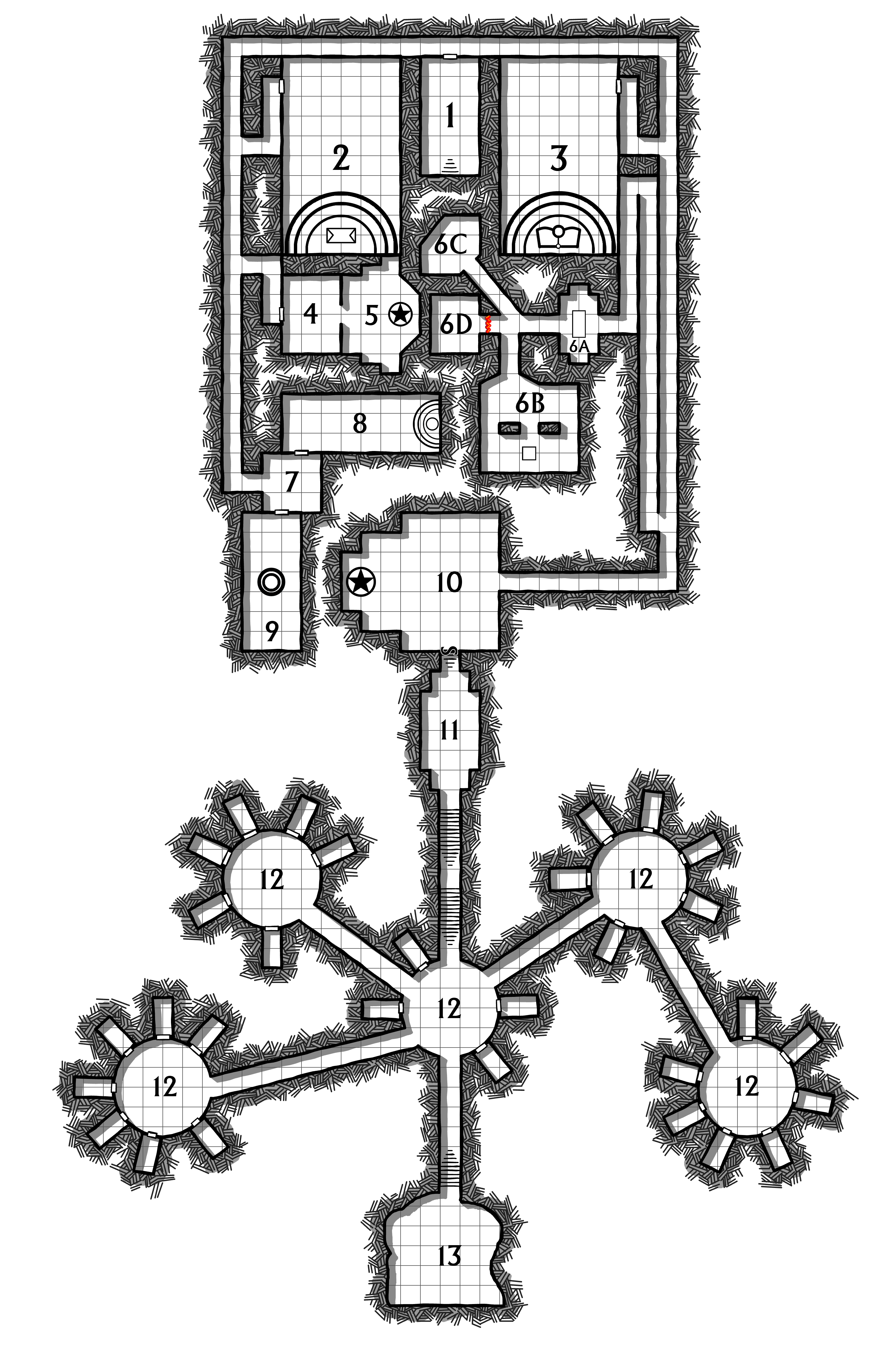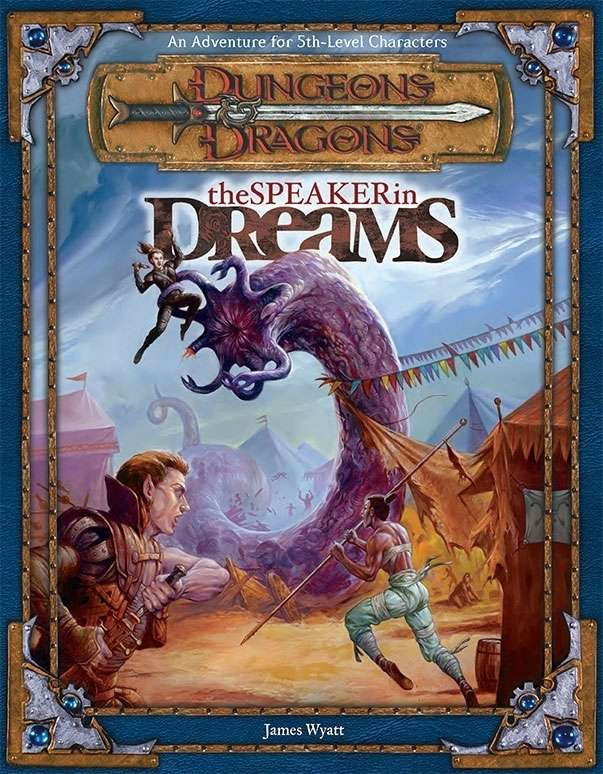
SESSION 46B: INTO THE ASYLUM
December 22nd, 2009
The 25th Day of Kadal in the 790th Year of the Seyrunian Dynasty
Elestra reached out to the memories of Zairic’s corpse through the Spirit of the City. In a horrible, gurgling voice Zairic’s head spoke from his own back.
“Where is Mahdoth?”
“In his chamber by the western cells.”
“Where are all the exits from the asylum?”
“Through the doors onto Childeyes Street. Down through the caverns. And through the walls.”
“Who is bringing the shipment?”
“The Children of Mrathrach.”
They looked at each other. “Math rack?” Elestra asked.
The question of who the Children of Mrathrach were ate away at them, but they needed to keep moving. Speaking with the corpse had taken ten minutes, and although that had afforded them the time to search the room and strip Zairic’s body (and, afterwards, stuff it into a bag of holding), they were now in enemy territory and the clock was ticking.
They proceeded cautiously through the rooms of the upper level to the staircase and then headed down. Convinced that dangers could lurk behind any door, Ranthir filled the air with arcane enhancements… only to find nothing but a storage closet behind the first door they tried.
When Ranthir tried casting another spell at the bottom of the stairs, he discovered that some active force was dampening his connection to the forces of magick. The spell was completely disrupted and lost. Experimenting, they discovered that effects that were conjured upstairs and then brought down into the field were fine, but any actual spellcasting on the lower levels seemed virtually impossible.
Faced with the decision of retracing the path they had taken with Danneth on their previous visit (which led east) and heading into unexplored territory through a southern door, their decision was informed by Zairic’s words: Mahdoth’s chambers lay near the western cells. They weren’t sure where those might be exactly, but they certainly weren’t to be found by going to the east.
So they headed south down a short hallway and into a comfortable, well-organized office with a pair of desks facing each other in the middle of the room and various filing shelves and the like arranged around the walls.
Tee quickly grabbed a stack of paper off one of the desks and quickly scanned it before handing it off to Elestra for further study.
SITUATIONAL REPORT ON DEREGALIS FINORIN
A series of correspondence, all attached under the title of A Situational Report on Deregalis Finorin.
Mahdoth—
The exacerbated excitations of Rinner Silverfind’s condition appear to be worsening rapidly. This in marked contrast to Tabaen and the other victims of the Oldtown event. I would urge you to prioritize his examination before the situation exceeds the limits of our control.
Danneth
Zairic—
Danneth brought this situation to my attention before his recent unpleasantness. Please conduct the appropriate observations to confirm his “urgings”.
Mahdoth
Master—
Although you are quite right not to trust anything to the word of that fool – and I am loath to do the same – in this matter I have found his suspicions to be quite correct, and beyond my personal measure of examination.
Zairic
Zairic—
My findings regarding the Silverfind case are quite alarming. There appears to be a sympathetic resonance between Silverfind’s excitations and the similar excitation of Deregalis.
Relocate Silverfind immediately to the antimagic containment cells. Increase the levels of sedation for Deregalis and immediately institute identical regimes for Silverfind.
Mahdoth
As Elestra read the situation report, Tee continued rifling the desks. Jimmying the lock on one of the drawers, she found detailed financial records. She thumbed through them long enough to notice that they went back about seven years. The first five years were all recorded in a single hand, but that changed about two years earlier. Then the handwriting changed again roughly a week ago (most likely because Zairic had replaced Danneth).
In the other desk, Tee found a hidden compartment. And inside that compartment she found Zairic’s spellbook. She took it over to Ranthir, who had been pouting over losing the spell he’d attempted to cast on Tor. “Does that make everything better?” she asked.
“It does!” he said, immediately looking immensely chipper.
The files lining the walls proved to be patient records. Following the paper trail from the situational report they had found on the desk, they pulled the patient records for Tabaen, Rinner, and Deregalis…
PATIENT RECORD FOR TABAEN FARSONG
This slim file contains the patient record for an elf named Tabaen Farsong. Tabaen was admitted on 9/15/790 and his record has been flagged as being “part of the Oldtown Incident”.
His condition is listed as “excitation of latent sorcery with a divinatory flavoring”. He is described as “non-dangerous”, but his condition is resulting in “psychological harm”.
On 09/19/790 there is an additional note: “Entered a comatose state.”
There has been no improvement in his condition since that date.
PATIENT RECORD FOR RINNER SILVERFIND
This slim file contains the patient record for a dwarf named Rinner Silverfind. Rinner was admitted on 09/15/790 and his record has been flagged as being “part of the Oldtown Incident”.
His condition is listed as “dangerous, uncontrollable excitation of latent sorcery with full-blown manifestation of arcane summonry”.
“The patient reportedly summoned a non-sortable variety of creatures at increasing rates of acclimation, but upon placement in the suppressive fields of the asylum the manifestations were brought under control. Unfortunately, the psychological trauma of the event has left the patient near-raving at all times – reporting voices, conspirators, and demons to be ‘locked in his cell’ with him.”
PATIENT RECORD FOR DEREGALIS FINORIN
This thick file contains the patient record for a human wizard named Deregalis Finorin. The file dates back almost twenty years, with an admission date of 04/28/771.
According to the records, Finorin suffers from an acute madness leading to the “perpetual casting and manifestation of powerful spells of arcane summoning”. The creatures resulting were both powerful and dangerous. Apparently the public believed him to have been executed years ago, but he was instead confined to Mahdoth’s.
Unfortunately, the “suppressive fields” of Mahdoth gradually “lost their effectiveness against this tumorous eruption of primal sorcery”, in ways that the asylum’s experts could not explain. Even moving Deregalis into an antimagic field had little effect: He continued to summon monsters.
Deregalis is now kept heavily sedated in a near-comatose state in a Special Isolation Spell to keep his powers from continually manifesting.
… and reading those gave them great cause for concern.
“The suppressive fields of Mahdoth?” Tee quoted.
“Does that mean that the suppressive fields down here emanate from him?”
“It’s possible,” Ranthir said.
Beyond the immediate danger of lowering those suppressive fields by killing Mahdoth, it served as a greater reminder that they were planning to wipe out the supervisory staff of an asylum full of mad arcanists.
“Who’s going to take over keeping them in line?” Tee asked. “Us? I don’t want that responsibility.”
Amidst much consternation they decided to pull back out of the complex. Instead of a scorched earth approach, they would severely limit the scope of their operation and content themselves with capturing the shipment before it could reach Wuntad’s hands.
“And kill Wuntad,” Elestra said.
“I don’t think he’ll be here,” Tee said.
“When you’re in charge of all the chaos cultists in Ptolus,” Tor said, “I think you can afford a few minions to pick up your mail.”
“Yeah,” Elestra said. “But he might be.”
“And then we kill him.” Tee agreed.
They briefly discussed the possibility of cleaning up the salon on the upper level so that Mahdoth would have no idea what happened to Zairic. But Ranthir didn’t have the proper spells prepared to make a quick magical job of it, so they decided it would cost them too much time to try to get the bloodstains out of the floor… and chair… and… well, everywhere.
They retreated through the windows, closed them behind them, and moved to the end of the Childseye Street dead-end loop to discuss their new plan of attack.
Running the Campaign: Speak with Dead SFX – Campaign Journal: Session 47A
In the Shadow of the Spire: Index


















